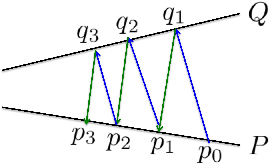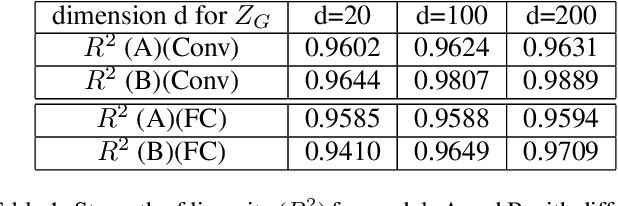Replicating Active Appearance Model by Generator Network
Paper and Code
May 14, 2018



A recent Cell paper [Chang and Tsao, 2017] reports an interesting discovery. For the face stimuli generated by a pre-trained active appearance model (AAM), the responses of neurons in the areas of the primate brain that are responsible for face recognition exhibit strong linear relationship with the shape variables and appearance variables of the AAM that generates the face stimuli. In this paper, we show that this behavior can be replicated by a deep generative model called the generator network, which assumes that the observed signals are generated by latent random variables via a top-down convolutional neural network. Specifically, we learn the generator network from the face images generated by a pre-trained AAM model using variational auto-encoder, and we show that the inferred latent variables of the learned generator network have strong linear relationship with the shape and appearance variables of the AAM model that generates the face images. Unlike the AAM model that has an explicit shape model where the shape variables generate the control points or landmarks, the generator network has no such shape model and shape variables. Yet the generator network can learn the shape knowledge in the sense that some of the latent variables of the learned generator network capture the shape variations in the face images generated by AAM.
 Add to Chrome
Add to Chrome Add to Firefox
Add to Firefox Add to Edge
Add to Edge